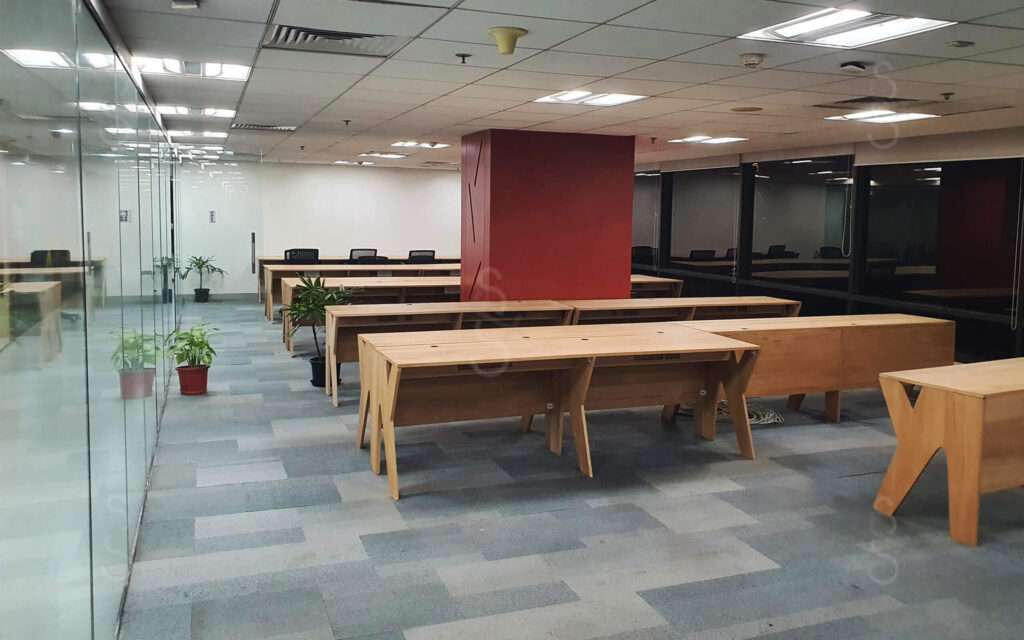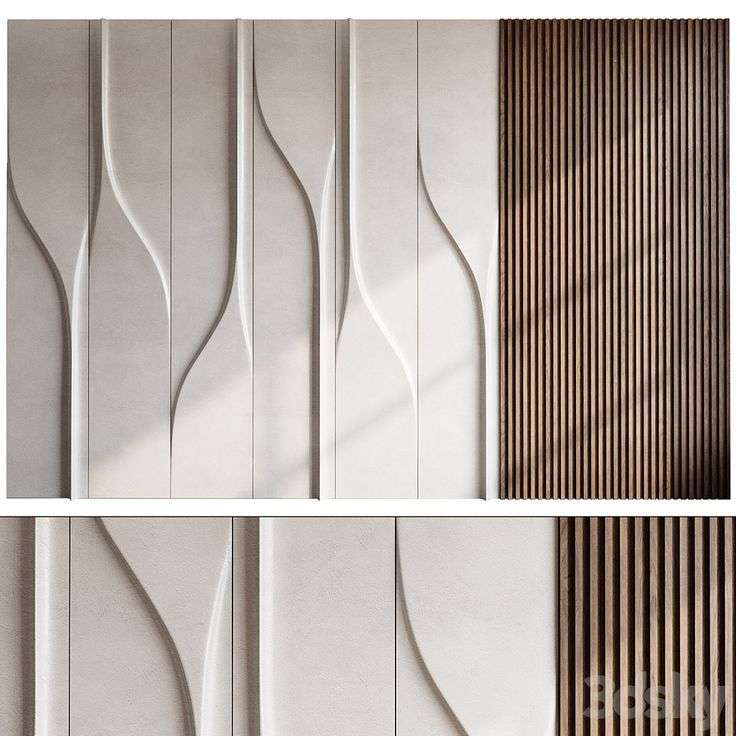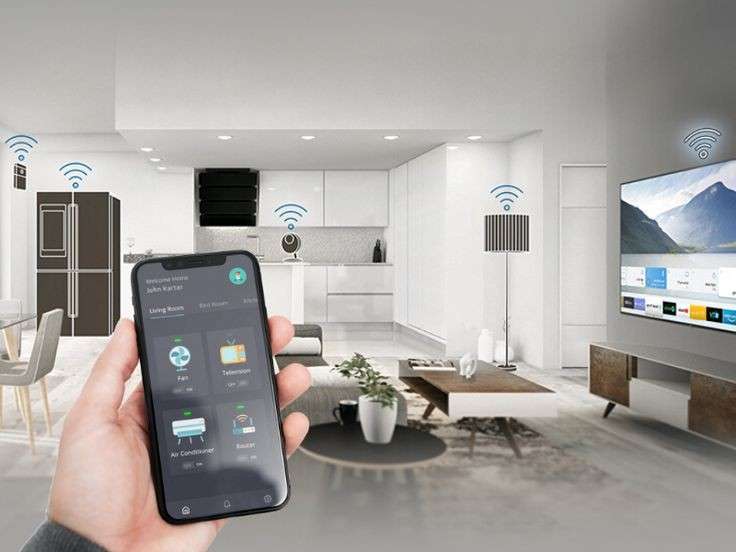Residential design is the art and science of planning and creating residential spaces that are both aesthetically pleasing and functional. Whether you’re building a new home or renovating an existing one, residential design plays a crucial role in making sure your space meets your lifestyle needs while also reflecting your personal taste.
In this blog, we’ll dive into the essential aspects of residential design, from choosing a design style to planning the layout, selecting materials, and incorporating energy-efficient features. Whether you’re a first-time homeowner or a seasoned renovator, this guide will help you navigate the world of residential design with confidence.

Residential design involves the process of designing the interior and exterior of a residential building, such as a house, apartment, or condominium. It considers everything from spatial planning to color schemes, furniture, lighting, and architectural elements. The goal is to create spaces that are both functional and visually appealing, promoting comfort, safety, and well-being.
Key Elements of Residential Design:
- Layout and Floor Plans: A well-thought-out layout is fundamental to residential design. The floor plan should reflect how you and your family live, ensuring that the flow of space makes sense. Key factors to consider include room sizes, traffic flow, privacy, and functionality. For instance, open-concept living areas might work well for some families, while others might prefer more defined spaces for better privacy.
- Design Style: The style of your home will set the tone for everything. Whether you prefer a modern, minimalist design, a rustic farmhouse aesthetic, or a classic traditional look, your chosen style will influence the furniture, color schemes, and even the architectural elements like windows and doors. Popular residential design styles include:
- Modern Design: Clean lines, neutral color palettes, and open spaces.
- Transitional Design: A blend of modern and traditional elements.
- Traditional Design: Symmetry, rich wood tones, and classic details.
- Industrial Design: Exposed brick, metal fixtures, and raw finishes.
- Farmhouse Design: Cozy, inviting spaces with vintage or rustic elements.
- Lighting: Lighting is a critical component in residential design. Proper lighting can make a space feel warm and inviting, or bright and energizing. Layered lighting, including ambient, task, and accent lighting, is essential for creating a balanced atmosphere. Don’t forget natural light—large windows or strategically placed skylights can help bring the outdoors inside.
- Materials and Finishes: The materials you choose for flooring, countertops, cabinetry, and walls will significantly impact the look and feel of your space. High-quality materials like hardwood floors, stone countertops, and premium finishes will add value to your home and enhance its aesthetic. For a sustainable home, consider using eco-friendly materials such as bamboo, reclaimed wood, or energy-efficient appliances.
- Energy Efficiency and Sustainability: Sustainability is becoming an increasingly important consideration in residential design. Integrating energy-efficient appliances, insulation, solar panels, and rainwater harvesting systems can lower your home’s environmental footprint and reduce utility bills. Additionally, choosing natural materials and minimizing waste during construction can help make your home more eco-friendly.
Tips for Successful Residential Design:
- Plan for Functionality First: While aesthetics are important, it’s essential to prioritize functionality. Think about how each space will be used daily and plan accordingly. For example, if you have a large family, you’ll need spacious common areas and plenty of storage. A home office might need to be quiet and well-lit, while a kitchen should focus on ease of use.
- Incorporate Personal Touches: Make your home feel unique and personal by incorporating items that reflect your personality. Family heirlooms, artwork, and custom furniture can help create a space that feels truly yours.
- Budget Wisely: Residential design can get expensive, so it’s essential to set a realistic budget early on and stick to it. Prioritize the most important elements—like the kitchen or bathrooms—while considering cost-effective alternatives for less critical areas.
- Hire a Professional Designer: While DIY design is possible, working with a professional can help ensure that your vision is realized while avoiding costly mistakes. Architects, interior designers, and contractors can provide valuable insight and guide you through the process.
- Think Long-Term: Your home should be designed with the future in mind. Consider how your needs may change over time. For example, if you’re planning to start a family, you might need additional bedrooms or a larger living room. Accessibility features like wider doors and ramps might be necessary as you age.



